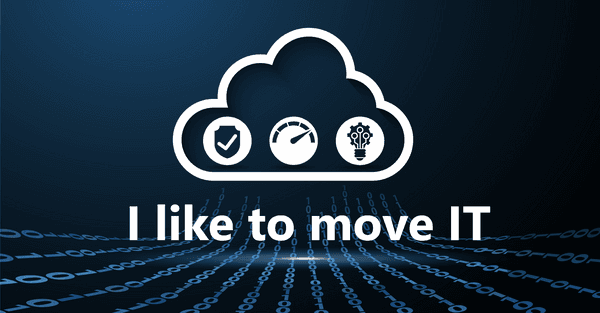
Analyses show that it doesn't make sense to do a one-to-one comparison of costs for on-premises applications with the pricing for public cloud services. Experts emphasize that you have to also factor in certain advantages that cannot be expressed in numbers. In cost-benefit analysis, SaaS solutions have a significant edge over private cloud and on-premises systems.

Identifying costs and benefits
Adopting an SaaS ERP is therefore considered a big step in digitalizing a business. With a central data platform in the cloud, this ERP solution provides a hub for delivering data to all advanced applications. Archiving and storage are another area where cloud-based ERP service offers advantages that seldom show up in a cost comparison. SaaS providers ensure GDPR compliance on behalf of their clients and automatically monitor retention periods and deletion dates.
Another crucial difference cited by experts is that IT departments are able to focus on strategic issues while their ERP systems are being operated, updated and maintained by external specialists.
Accounting for all cost factors
Experts say that various cost-benefit analyses have also demonstrated the monetary advantages of the public cloud. By using ERP system in the public cloud, a company potentially stands to achieve a cost savings of over 60% in the span of just three years.
So simply adding up the cost of licenses and comparing the total with the cost of a new subscription is a short-sighted oversimplification. The subscription price will naturally be higher, because it covers operation and support and not merely software licenses.
For an accurate cost comparison, your analysis would have to include some additional factors:
- Hardware utilization
- Personnel costs for operating the systems
- Costs for updates and update projects
- Maintenance, training, security
- Interface management
- 24/7 support
- Space and energy costs
- Expenses for IT infrastructure and networks
- Compliance requirements
Experts estimate that a realistic cost breakdown over a period of ten years would show an annual cost savings of 60% to 80%. In a detailed TCO analysis, they found that the advantages of an SaaS operation over on-premises solutions become apparent after just one year.
Complete cost control
Yet the in addition to the cost comparison between on-premise and public cloud solutions, service providers have another major advantage to offer: Thanks to the service providers' billing methods, Management has control over the cost of all the services utilized by the company. Once all their systems have been fully migrated to the cloud, clients have a transparent overview of all the "units consumed" per user and month. This makes it possible to perform an objective comparison of costs.
Keywords
More similar blogposts:
Found what you were looking for?
Start your intelligent search now


